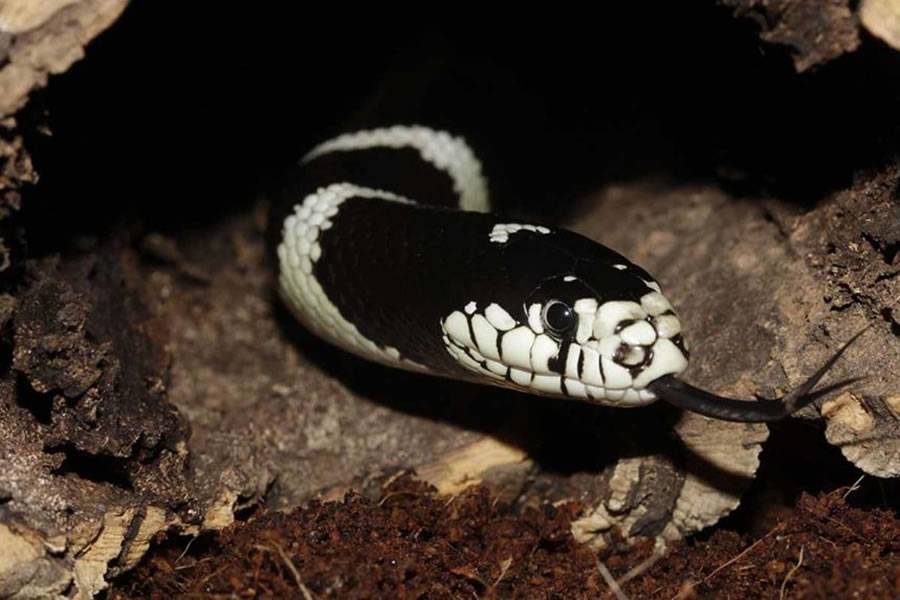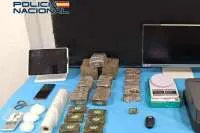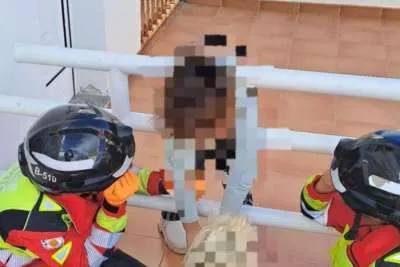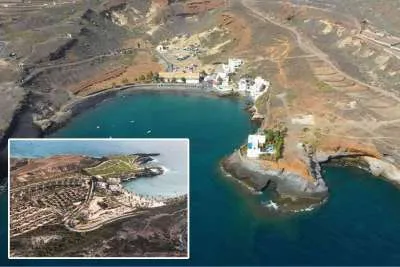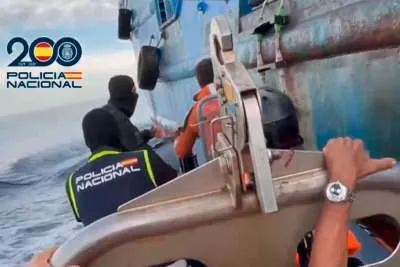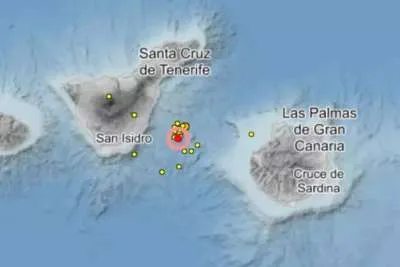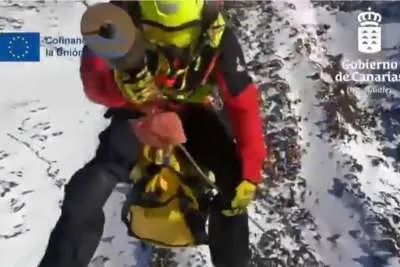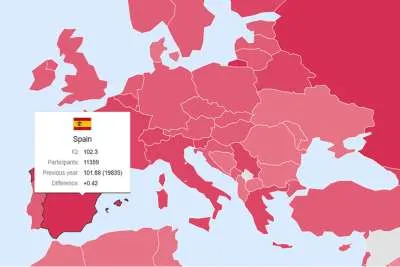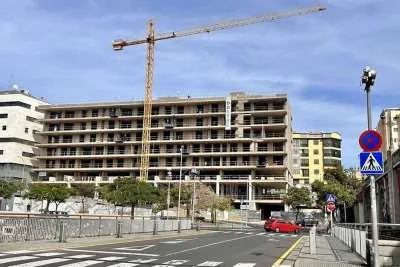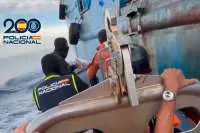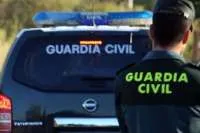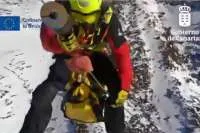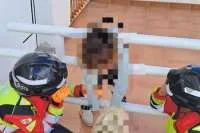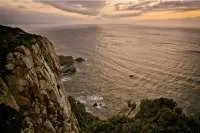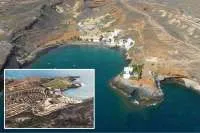The King Snake spreads uncontrollably throughout Gran Canaria
- 11-05-2024
- Gran Canaria
- Canarian Weekly
- Photo Credit: Canariasenred
Residents of the Ciudad Alta area of Las Palmas in Gran Canaria, have expressed their concern following the appearance of a King Snake over a metre long in the park where children play and they walk their dogs.
The discovery of the snake has disrupted the neighbourhood's daily life, leading many to avoid the green areas altogether. "The snake appeared right where our children usually play, and that has forced us to even stop taking the dogs out," one commented.
Alarm bells rang last week with two specific sightings: the first occurred on Wednesday around 7:00pm, and the second on Thursday at 11:30am. Following these incidents, residents called the local authorities to request that it be caught.
Having seen pictures online, the Post-Life+Lampropeltis Project website suggest that the snake could be a California kingsnake (Lampropeltis californiae). This is an association dedicated to controlling the population of this species on the island. Although this snake is not venomous and generally remains underground, the presence of such a reptile in an urban environment has understandably raised concerns among neighbours.
The California kingsnake is currently an invasive species in Gran Canaria. It arrived on the island through human intervention in the 1990s. Since then, it has been spreading across the island, almost unnoticed by the public but not by other native inhabitants of Gran Canaria. These are the native lizards and geckos of the island, which have been threatened by this new predator.
This incident marks the first time that a snake of this species has been reported in Reina Mercedes, although it is not the first time they have been sighted in Las Palmas. Previously, in 2017, one was seen near the La Feria health centre; in 2020, another was observed on the slope above the La Ballena tunnel; and a third also in 2020 on Avenida Juan Carlos I.
Since the introduction of the California kingsnake to Gran Canaria in 1998, either through accidental or intentional release into the natural environment, its population has grown significantly. This has led to an institutional response in the form of a systematic capture program that, since 2009, has removed 17,615 specimens of this invasive species. The Post-Life Lampropeltis project maintains 506 active traps throughout the island to control the population of this snake, with a significant number of captures in areas such as the Guiniguada ravine.


